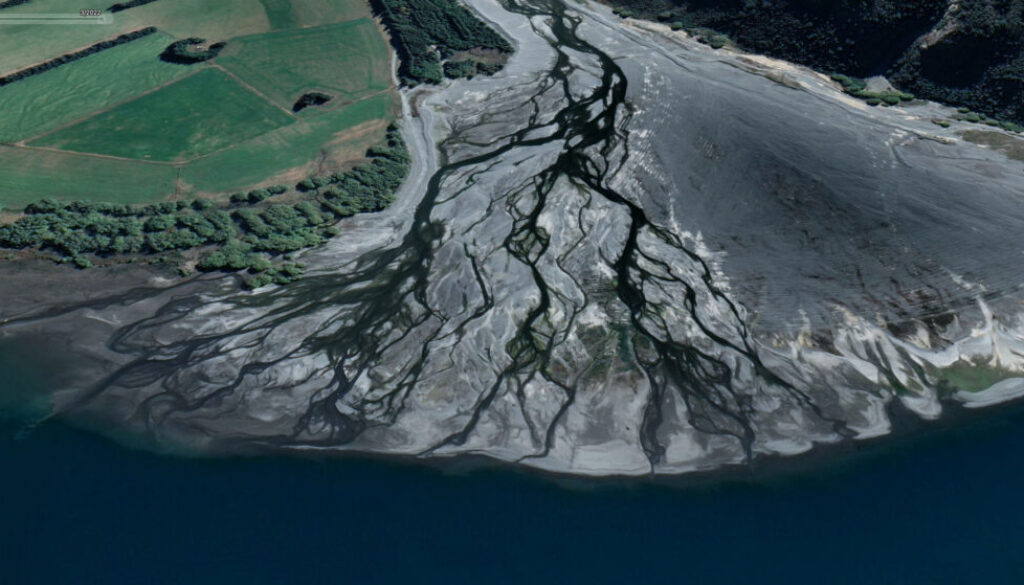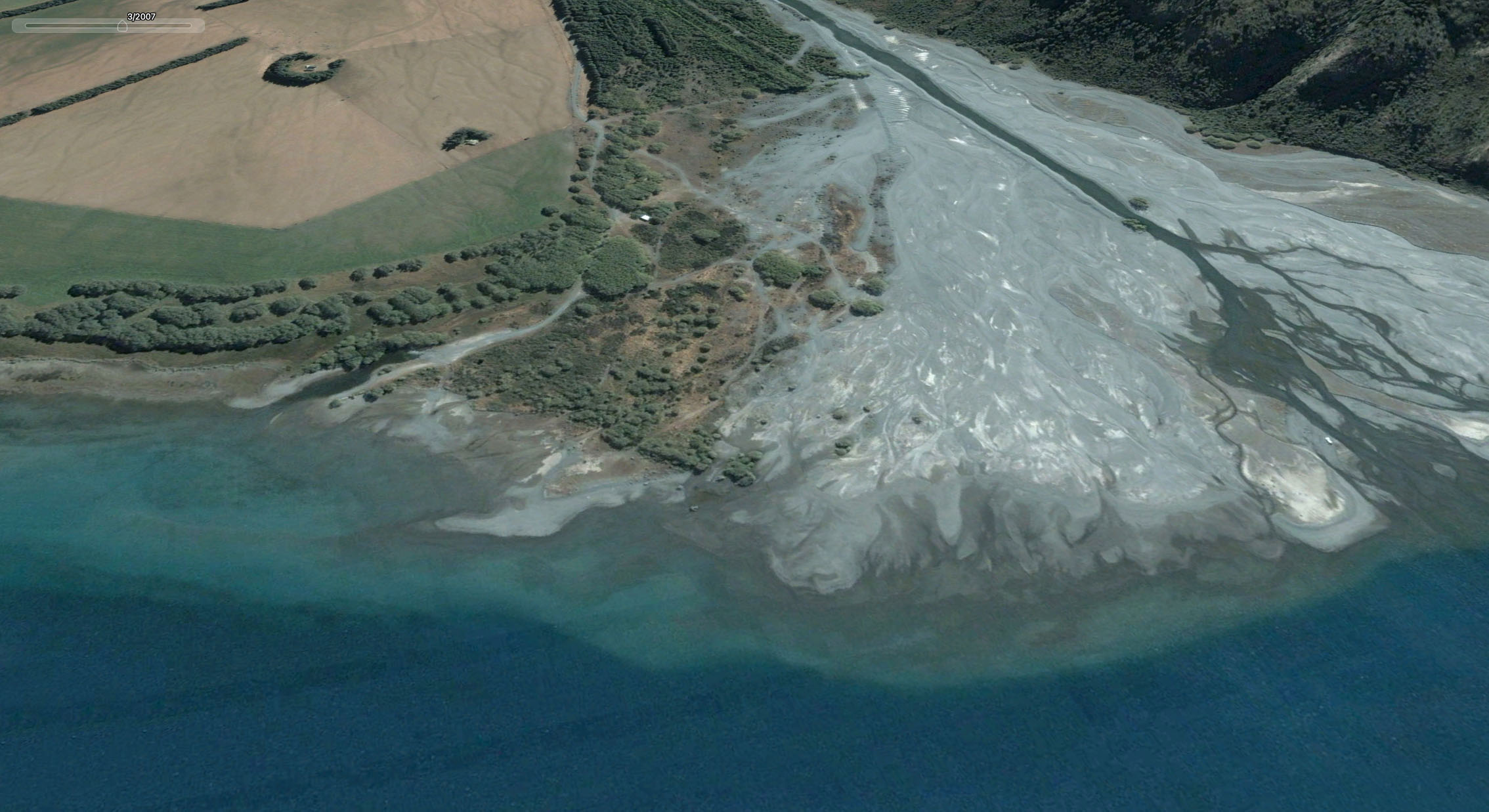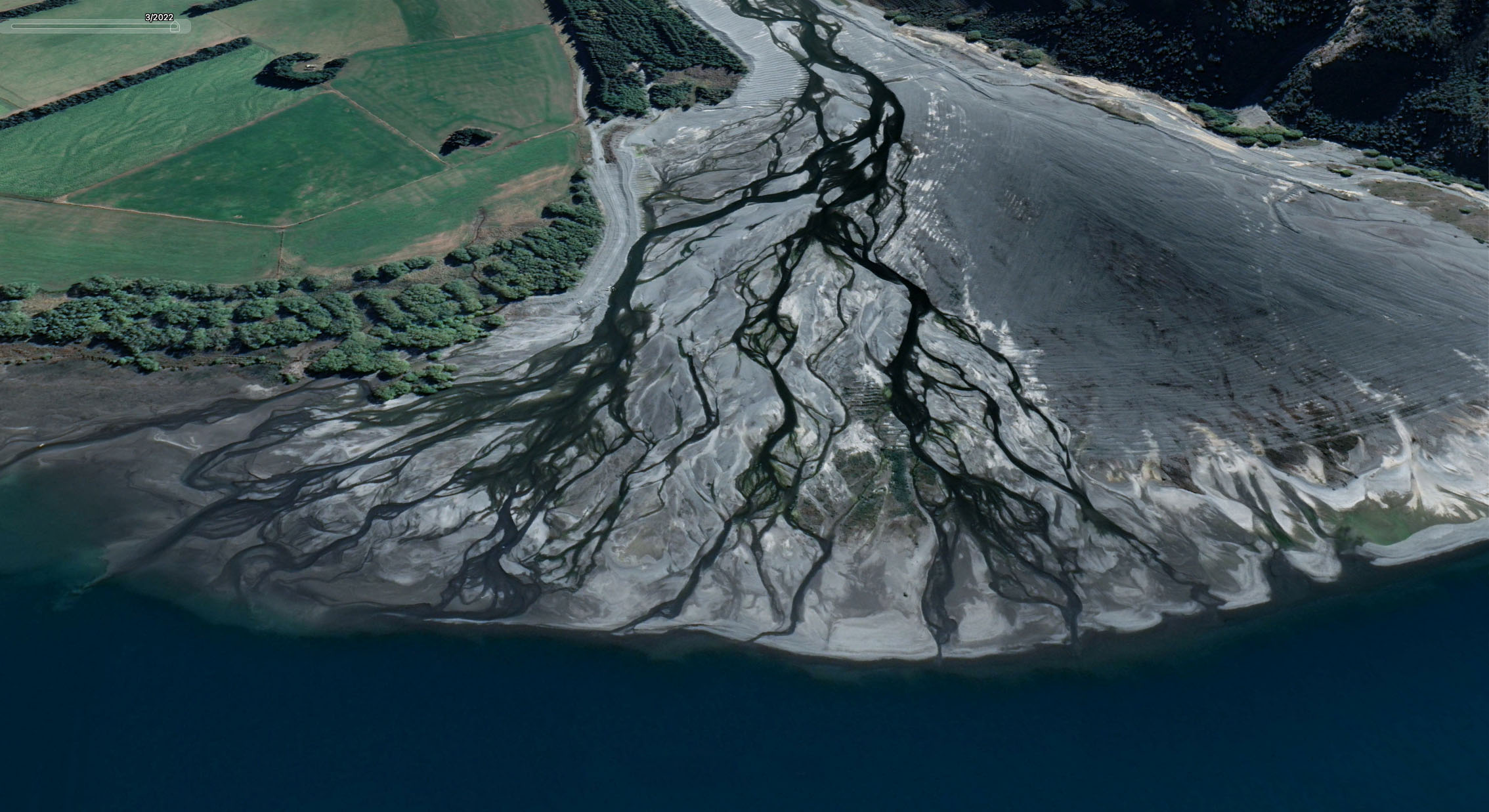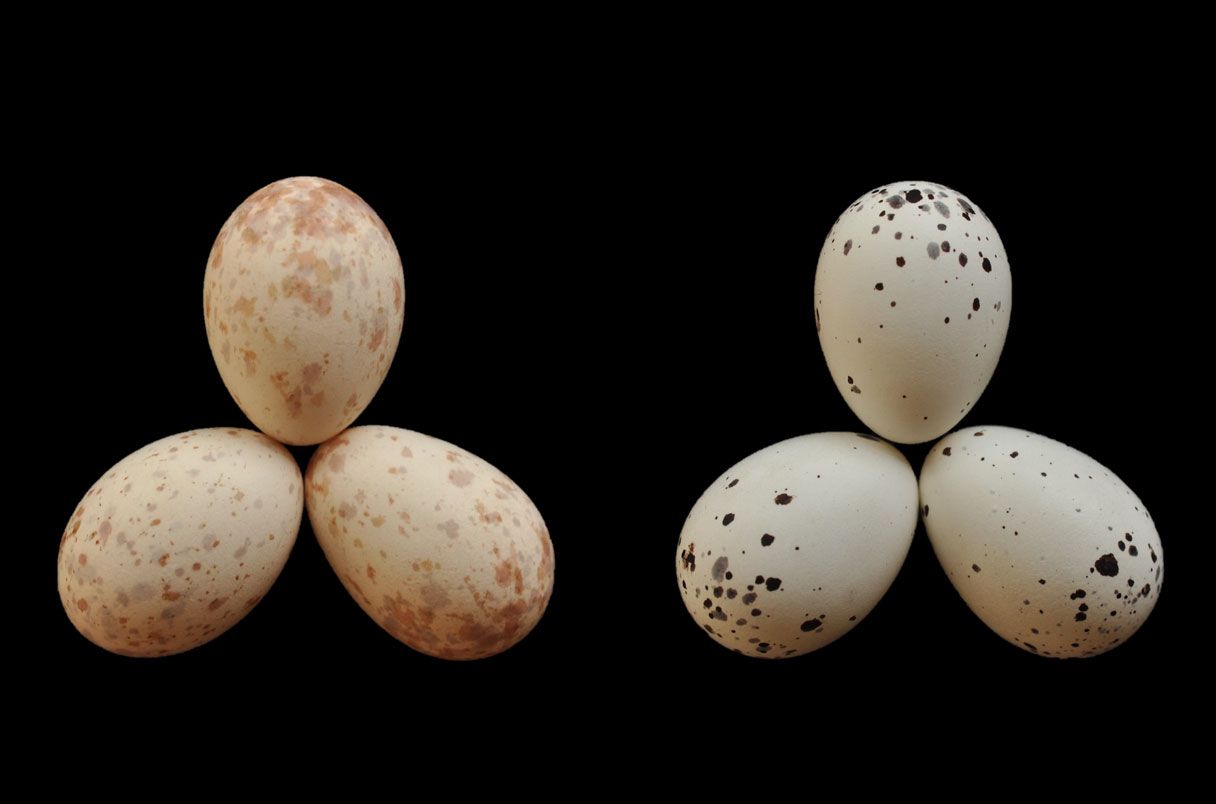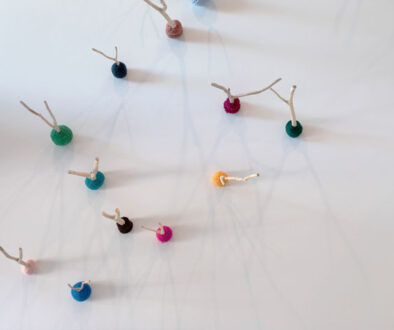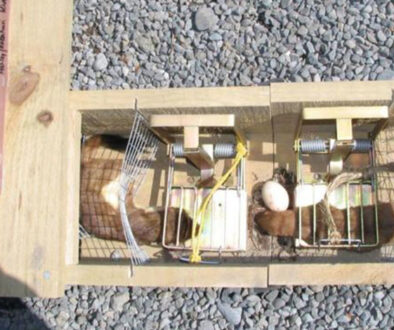Newsletter #82
is now available. It still falls under the RMA (which is being replaced by the first of three new Acts, which may not in fact happen following the next election). If you’re not confused yet, you soon will be, as the NPS doesn’t include marine ecosystems and covers only some aspects of wetlands. While it sets some reasonable targets, the milkwater ambition of ‘no overall loss of indigenous biodiversity’ is undercut by the range of exemptions such as this gem: ‘the protection, maintenance, and restoration of indigenous biodiversity does not preclude subdivision, use and development in appropriate places and forms’, and then there are the exceptions for mining, including lignite mining.
But for some good news, Nick and I were up in the Harper, Avoca, and Wilberforce Rivers last week. It was great to see how much Brian Lancaster and his team at Manawa Energy have achieved in removing weeds, trapping predators, and creating new nesting habitat for braided river birds, particularly where the Harper River enters Lake Coleridge (top image). While the channels will natural change over time, the area will never flood because the volume of water into the lake is controlled. Hoping the multiple banded dotterels we saw starting to pair-up will soon be joined by other braided river bird species. Nick will be paying a visit in a few weeks, so expect updates. Well done, everyone!
News
- River group claims win over energy giant – Newsroom
- Kitten ‘explosion’ during Marlborough’s warmer winter – Stuff
- Can you save one species by annoying another? – New Yorker (While the article is free to read, to see the video you will need to use a VPN set to US)
- Crown vs Cow: there would also have been co-benefits to braided river ecosystems, but alas… Radio NZ
- Nothing to do with braided river birds, but in contrast to the New Yorker article, I had to include it here as it’s so intriguing. Crows and magpies are building nests with the metal spikes meant to deter them from perching or nesting. – The Guardian
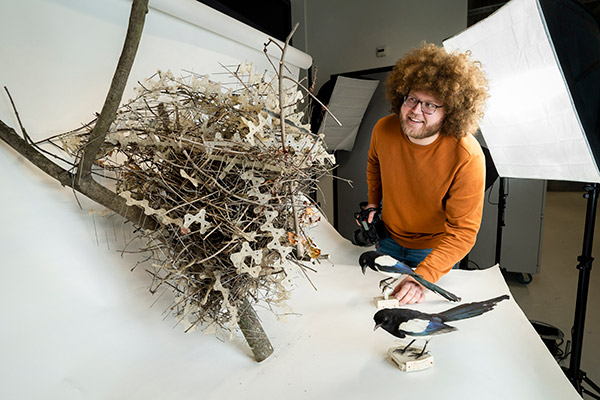
- Similarly, I was compelled to include this: Two of these eggs are impostors (one in each of the two sets of three). Can you spot them? – Science
Reports
- Wildlife laws need transformational change: Environmental Defence Society working paper on the Wildlife Act 1953 (part of its wider project on options for reform of the conservation system).
- Reminder: see here for the papers and videos of presentations at the 2023 Braided Rivers Seminar
Research
- Rickett et al; Trials with non-toxic baits for stoats and feral cats, New Zealand Journal of Ecology 47(1)
- Carpenter et al; Radio collaring reveals long-distance movements of reinvading ship rats following landscape-scale control New Zealand Journal of Ecology 47(1)
- Wood; Post-settlement extinction rates for the New Zealand avifauna: New Zealand Journal of Ecology 47(1)
- Ombadi et al; A warming-induced reduction in snow fraction amplifies rainfall extremes; Nature article 28 June (while the research is Northern Hemisphere, it offers a pathway towards reducing model uncertainty in projections of rainfall extremes over mountains, where snowfall is now being replaced by rainfall).
- Queen et al; Spatiotemporal Trends in Near-Natural New Zealand River Flow, Journal of Hydrometeorology 24 | 2 (Open access)
- Brooke et al; Where rivers jump course (avulsion hotspots), Science 376 | 6596
- Bosson et al; Future emergence of new ecosystems caused by glacial retreat, Nature 620 pp562-569
- Wakelin & Murray; A list of the invertebrates of the Mackenzie area, New Zealand, New Zealand Journal of Ecology
- Thomas et al; Pliocene fossils support a New Zealand origin for the smallest extant penguins, Journal of Paleontology 21 June
- Plain English article: New Extinct Species of ‘Ridiculously Cute,’ Tiny Penguins Discovered in New Zealand
- Donelson et al; Putting plasticity into practice for effective conservation actions under climate change, Nature 06 July
- Klaassen & Wille; The plight and role of wild birds in the current bird flu panzootic, Nature Ecology and Evolution, 16 August (with 75,000 wild birds being affected, this is something we need to be aware of )
- Rockstrom et al; Safe and just Earth system boundaries, Nature 619 pp102-111 (open access)

